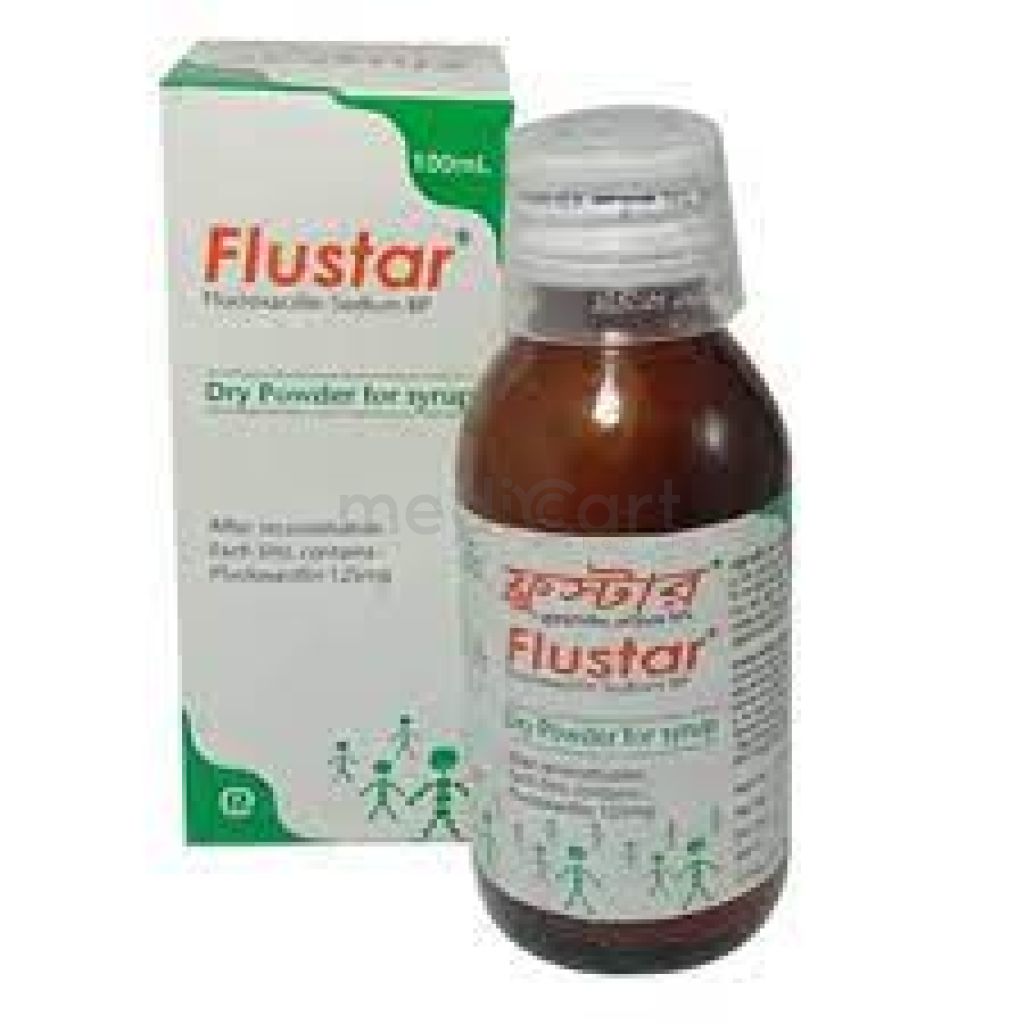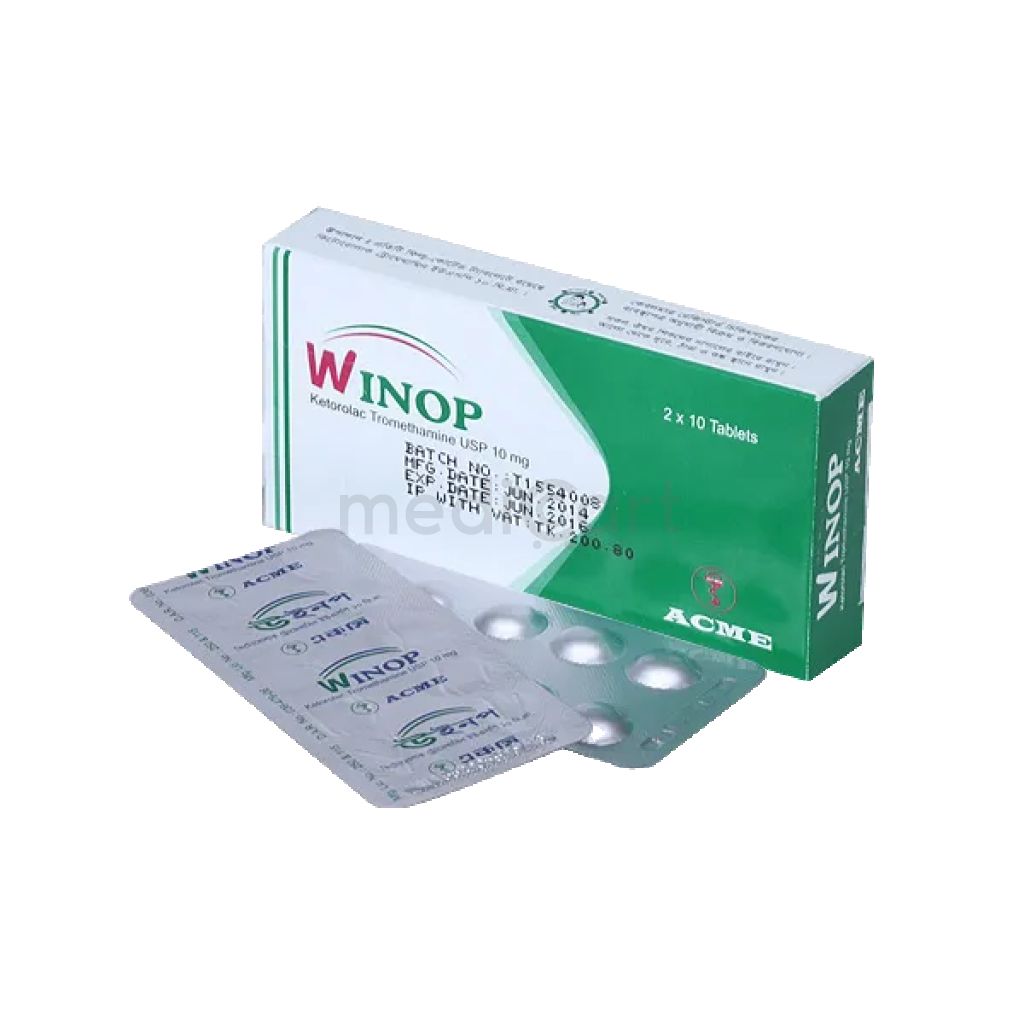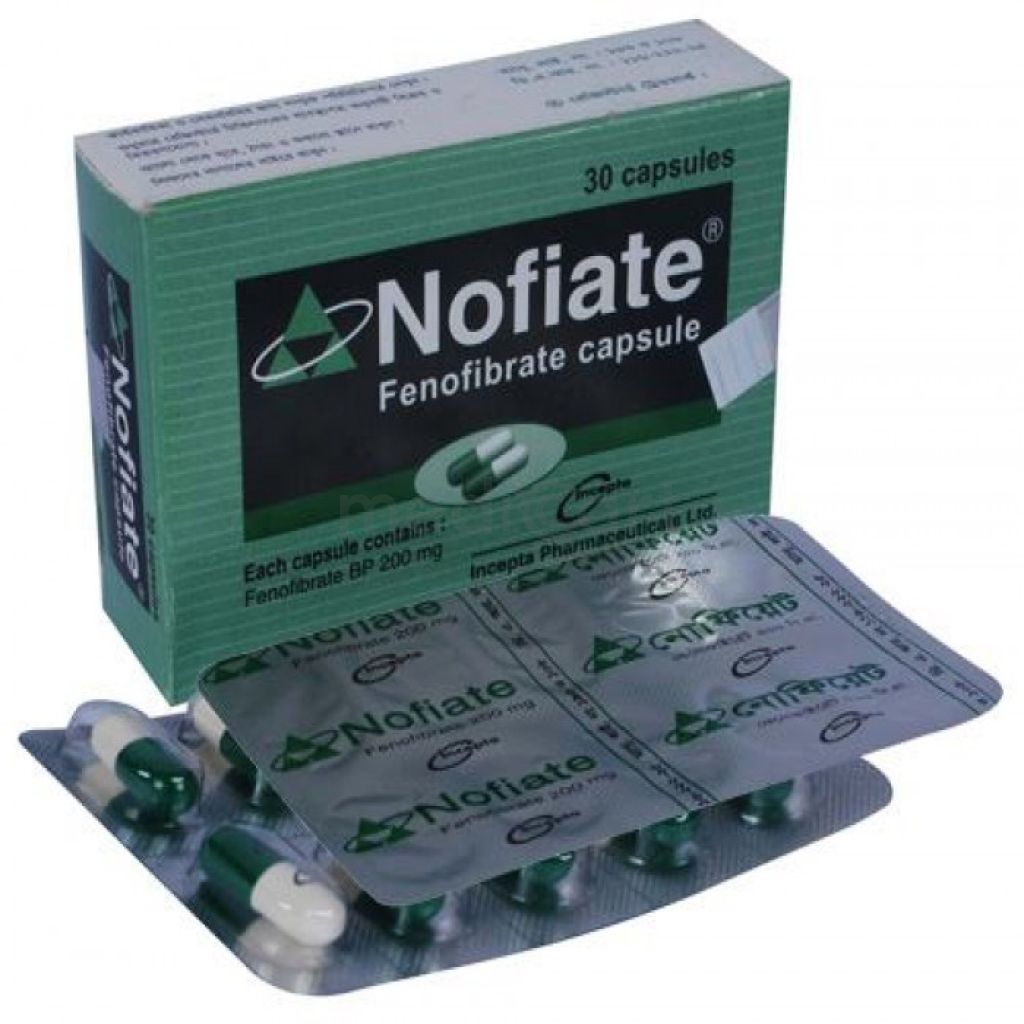

Morphine 15mg/ml
Injection
Pack Size :
1 Bottle x 1 Packet
Generics :
Morphine Sulphate
Manufacturer :
Renata Limited
Best Price *
TK
20.31
* Delivery will be done in Dhaka city only.
More Information About - Morphine 15mg/ml
Description
Generic Name
Morphine SulphatePrecaution
Patient w/ impaired resp function, severe bronchial asthma, convulsive disorders, acute alcoholism, delirium tremens, raised intracranial pressure, hypotension w/ hypovolaemia, cardiac arrhythmias, severe cor pulmonale, history of substance abuse, diseases of the biliary tract, pancreatitis, inflammatory bowel disorders, prostatic hypertrophy, adrenocortical insufficiency, toxic psychoses. Opioid dependent patients. Renal and hepatic impairment. Pregnancy and lactation. Patient Counselling May impair ability to drive or operate machinery. Monitoring Parameters Monitor efficacy of pain control, vital signs, and mental status; signs of drug abuse, addiction, or diversion; signs or symptoms of hypogonadism or hypoadrenalism.Indication
Pain, MI, Unstable angina, Intractable cough, Acute pulmonary oedema, Analgesia during labourContra Indication
Respiratory depression, acute or severe asthma; paralytic ileus; obstructive airway disease; acute liver disease; comatose patients; increased intracranial pressure; acute alcoholism. Pulmonary oedema resulting from a chemical respiratory irritant.Dose
N/ASide Effect
>10% Pruritus (?80%),Urinary retention (epidural/IT) (15-70%),Vomiting (7-70%),Constipation (>10%),Headache (>10%),Somnolence (>10%) 1-10% Abdominal pain (5-10%),Asthenia (5-10%),Backache (5-10%),Depression (5-10%),Diarrhea (5-10%),Dyspnea (5-10%),Fever (5-10%),Insomnia (5 -10% ),Loss of appetite (5-10%),Nausea (5-10%),Paresthesia (5-10%),Peripheral edema (5-10%),Rash (5-10%),Sweating (5-10%),Xerostomia (5-10%),Respiratory depression (IT) (4-7%),Anxiety (6%),Dizziness (6%),Abnormal liver function test results (<5%),Amblyopia (<5%),Hiccups (<5%),Orthostatic hypotension (<5%),Syncope (<5%),Urinary retention (PO) (<5%) <1% Respiratory depression (epidural) (0.25-0.4% ) Frequency Not Defined Anaphylaxis (rare ),Cardiac arrest,Circulatory depression,Finding of intracranial pressure,Ileus,Lightheadedness,Malaise,Miosis,Myoclonus,Shock,Thinking disturbances,Vertigo Potentially Fatal: Respiratory depression; circulatory failure; hypotension; deepening coma; anaphylactic reactions.Pregnancy Category
Name : Not Classified
Description
FDA has not yet classified the drug into a specified pregnancy category.Mode of Action
Morphine is a phenanthrene derivative which acts mainly on the CNS and smooth muscles. It binds to opiate receptors in the CNS altering pain perception and response. Analgesia, euphoria and dependence are thought to be due to its action at the mu-1 receptors while resp depression and inhibition of intestinal movements are due to action at the mu-2 receptors. Spinal analgesia is mediated by morphine agonist action at the K receptor.Interaction
Additive depressant effects w/ other CNS depressants (e.g. sedatives, hypnotics, general anaesth, phenothiazines, other tranquilisers). May enhance the neuromuscular blocking action of skeletal muscle relaxants. Reduced analgesic effect w/ mixed agonist/antagonist opioid analgesics (e.g. pentazocine, nalbuphine, buprenorphine). Increased plasma concentrations w/ cimetidine. May reduce the efficacy of diuretics by inducing the release of antidiuretic hormone. May delay the absorption of mexiletine. May antagonise the GI effect of cisapride, domperidone and metoclopramide. May produce hyperpyrexia and CNS toxicity w/ dopaminergics. Potentially Fatal: MAOIs intensify the effect of morphine resulting to severe and even fatal events (e.g. anxiety, confusion, resp depression, sometimes leading to coma).Pregnancy Category Note
Pregnancy Prolonged use of opioid analgesics during pregnancy for medical or nonmedical purposes can result in physical dependence in the neonate and neonatal opioid withdrawal syndrome shortly after birth; the onset, duration, and severity of neonatal opioid withdrawal syndrome vary based on specific opioid used, duration of use, timing and amount of last maternal use, and rate of elimination of drug by newborn; observe newborns for symptoms of neonatal opioid withdrawal syndrome and manage accordingly Labor and delivery Opioids cross placenta and may produce respiratory depression and psycho-physiologic effects in neonates; an opioid antagonist, such as naloxone, must be available for reversal of opioid induced respiratory depression in neonate; drug is not recommended for use in women during and immediately prior to labor, when use of shorter-acting analgesics or other analgesic techniques are more appropriate; opioid analgesics can prolong labor through actions that temporarily reduce strength, duration, and frequency of uterine contractions; however, this effect is not consistent and may be offset by an increased rate of cervical dilatation, which tends to shorten labor; monitor neonates exposed to opioid analgesics during labor for signs of excess sedation and respiratory depression Infertility Due to effects of androgen deficiency, chronic use of opioids may cause reduced fertility in females and males of reproductive potential; it is not known whether effects on fertility are reversible Lactation Morphine is present in breast milk; published lactation studies report variable concentrations of morphine in breast milk with administration of immediate-release morphine to nursing mothers in the early postpartum period with a milk-to-plasma morphine AUC ratio of 2.5:1 measured in one lactation study; however, there is insufficient information to determine effects of morphine on breastfed infant and effects of morphine on milk production; no information is available on effects of drug on breastfed infant or effects of drug on milk production The developmental and health benefits of breastfeeding should be considered along with mother?s clinical need for therapy and any potential adverse effects on breastfed infant from therapy or from underlying maternal condition Monitor infants exposed to therapy through breast milk for excess sedation and respiratory depression; withdrawal symptoms can occur in breastfed infants when maternal administration of morphine is stopped, or when breastfeeding is stoppedAdult Dose
Oral Moderate to severe pain Adult: 5-20 mg 4 hrly. Extended-release: 5-20 mg 12 hrly. Dosage is dependent on the severity of pain. Intravenous Pain associated with myocardial infarction Adult: 5-10 mg at 1-2 mg/min followed by a further 5-10 mg as necessary. Acute pulmonary oedema Adult: 5-10 mg via slow inj at 2 mg/min. Elderly: Half of the usual adult dose. Parenteral Moderate to severe pain Adult: IM/SC: 5-20 mg; 2.5-10 mg via slow IV inj over 4-5 min w/ patient in recumbent position or a starting dose of 1-2 mg/hr via continuous IV infusion (max: 100 mg/day; 4 g/day in cancer patients). Doses may be adjusted according to severity of pain and patient's response. Intraspinal Moderate to severe pain Adult: Initially, 5 mg epidural inj; after 1 hr, additional doses of 1-2 mg may be given up to a total dose of 10 mg/24 hr if pain relief is unsatisfactory. A dose of 20-30 mg daily may be required in some patients. Liposomal inj: 10-20 mg depending on the type of surgery. Intrathecal Moderate to severe pain Adult: 0.2-1 mg once daily or 1-10 mg daily for patients w/ opioid tolerance. Some patients may require a dose of up to 20 mg daily. Parenteral Premedication in surgery Adult: IM/SC: Up to 10 mg given 60-90 min before operation. Hepatic impairment: Dosage may need to be reduced.Child Dose
Analgesia/Cyanotic Tetralogy of Fallot Neonates (<30 days): 0.3-1.2 mg/kg/day IM/SC divided q4hr; 0.005-0.03 mg/kg/hr slow IV Infants and children (PO solution): 0.2-0.5 mg/kg PO q4-6hr PRN Infants and children (IM/SC): 0.05-0.2 mg/kg q2-4hr PRN; not to exceed 15 mg/dose Pain Continuous infusion: 0.025-2.6 mg/kg/hr IV; average, 0.06 mg/kg/hr Neonates (<30 days): 0.01-0.02 mg/kg/hr by IV infusion Postoperative pain: 0.01-0.04 mg/kg/hr by IV infusion Sickle-cell disease, cancer: 0.04-0.07 mg/kg/hr by IV infusionRenal Dose
Renal impairment: Dosage may need to be reduced.Administration
May be taken with or without food. May be taken w/ meals to reduce GI discomfort. IV Preparation IV push: Dilute 2.5-15 mg in 4-5 mL of SWI Infusion: Dilute in D5W to 0.1-1 mg/mL Solution should be colorless; if it is discolored, do not administer IV Administration IV push: Administer over 4-5 minutes Continuous infusion: Administer via controlled infusion deviceDisclaimer
The information provided herein are for informational purposes only and not intended to be a substitute for professional medical advice, diagnosis, or treatment. Please note that this information should not be treated as a replacement for physical medical consultation or advice. Great effort has been placed to provide accurate and comprehensive data. However, Medicart along with its authors and editors make no representations or warranties and specifically disclaim all liability for any medical information provided on the site. The absence of any information and/or warning to any drug shall not be considered and assumed as an implied assurance of the Company.




